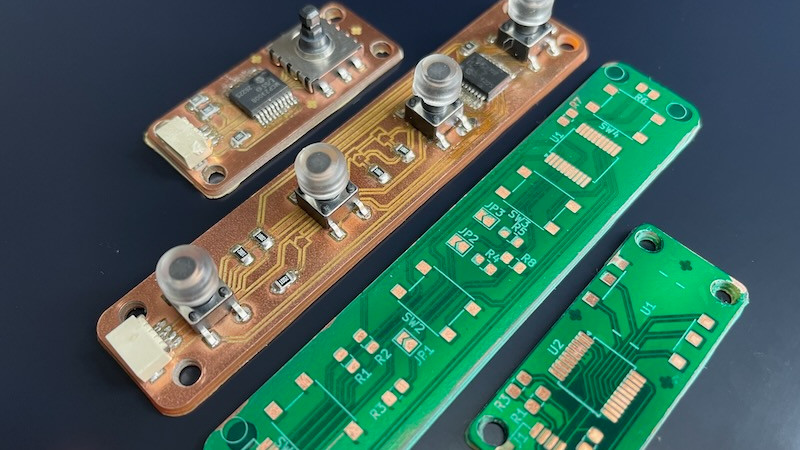Remembering UCSD p-System, the Pascal Virtual Machine
Long before the Java Virtual Machine (JVM) was said to take the world by storm, the p-System (pseudo-system, or virtual machine) developed at the University of California, San Diego (UCSD) …read more

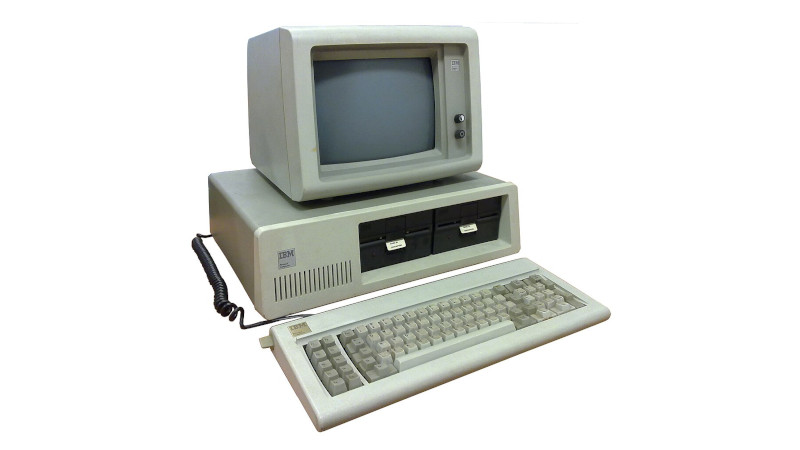
Long before the Java Virtual Machine (JVM) was said to take the world by storm, the p-System (pseudo-system, or virtual machine) developed at the University of California, San Diego (UCSD) provided a cross-platform environment for the UCSD’s Pascal dialect. Later on, additional languages would also be made available for the UCSD p-System, such as Fortran (by Apple Computer) and Ada (by TeleSoft), not unlike the various languages targeting the JVM today in addition to Java. The p-System could be run on an existing OS or as its own OS directly on the hardware. This was extremely attractive in the fragmented home computer market of the 1980s.
After the final release of version IV of UCSD p-System (IV.2.2 R1.1) in 1987, the software died a slow death, but this doesn’t mean it is forgotten. People like [Hans Otten] have documented the history and technical details of the UCSD p-System, and the UCSD Pascal dialect went on to inspire Borland Pascal.
Recently [Mark Bessey] also reminisced about using the p-System in High School with computer programming classes back in 1986. This inspired him to look at re-experiencing Apple Pascal as well as UCSD Pascal on the UCSD p-System, possibly writing a p-System machine. Even if it’s just for nostalgia’s sake, it’s pretty cool to tinker with what is effectively the Java Virtual Machine or Common Language Runtime of the 1970s, decades before either of those were a twinkle in a software developer’s eyes.
Another common virtual runtime of the era was CHIP-8. It is also gone, but not quite forgotten.










































![Mobile Legends: Bang Bang [MLBB] Free Redeem Codes April 2025](https://www.talkandroid.com/wp-content/uploads/2024/07/Screenshot_20240704-093036_Mobile-Legends-Bang-Bang.jpg)







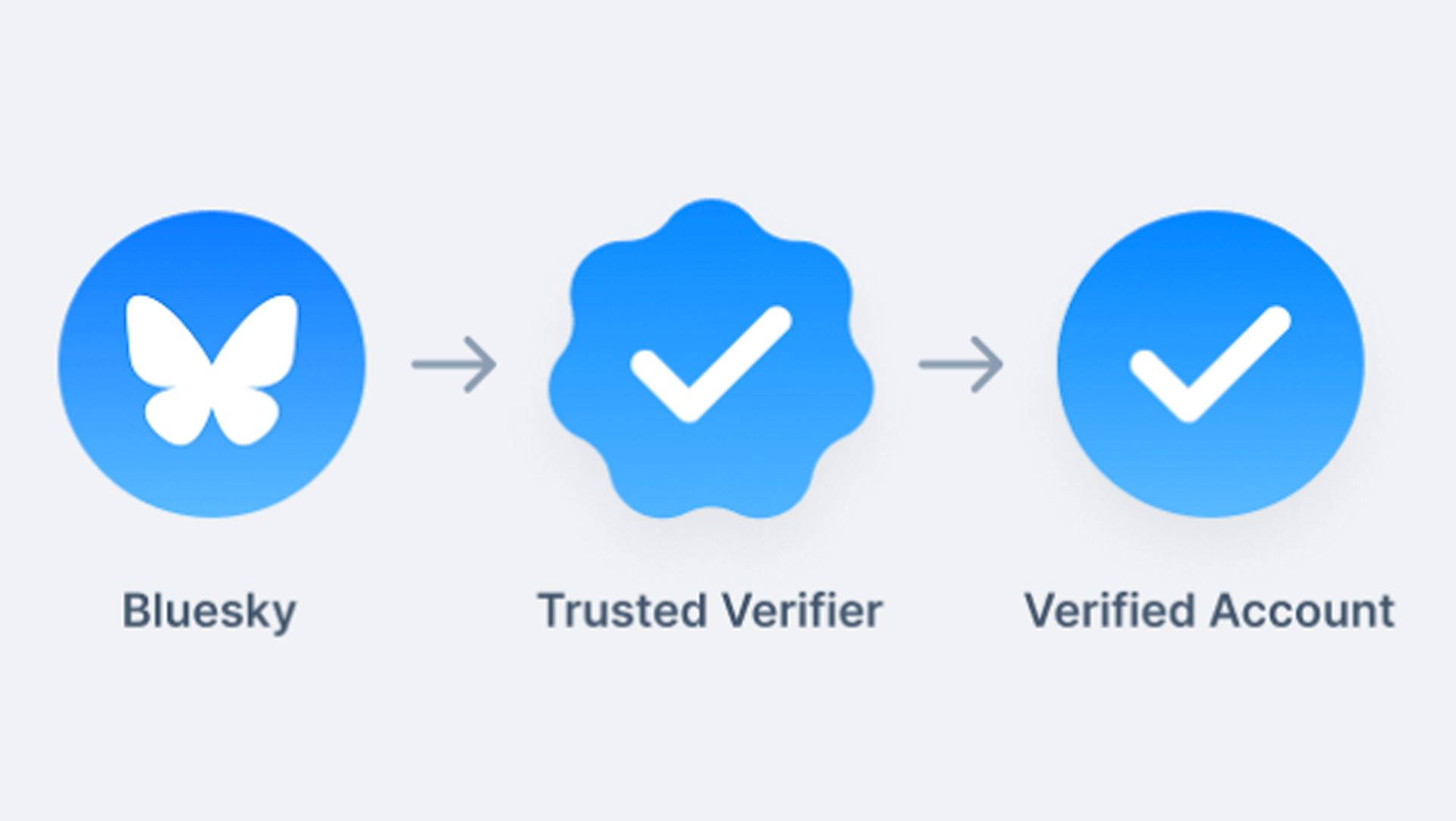

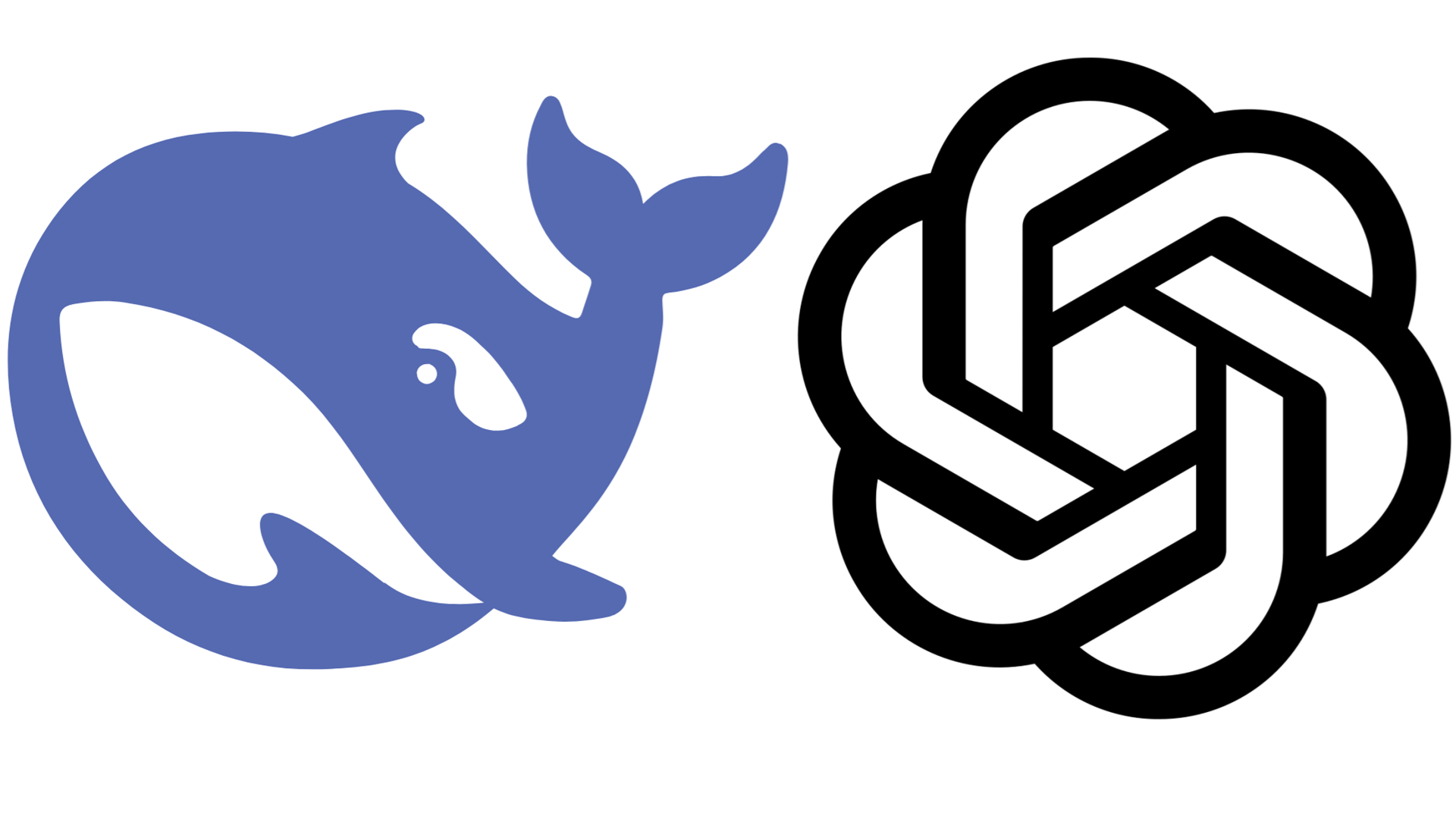













![Apple Releases iOS 18.5 Beta 3 and iPadOS 18.5 Beta 3 [Download]](https://www.iclarified.com/images/news/97076/97076/97076-640.jpg)
![Apple Seeds visionOS 2.5 Beta 3 to Developers [Download]](https://www.iclarified.com/images/news/97077/97077/97077-640.jpg)
![Apple Seeds tvOS 18.5 Beta 3 to Developers [Download]](https://www.iclarified.com/images/news/97078/97078/97078-640.jpg)
![Apple Seeds watchOS 11.5 Beta 3 to Developers [Download]](https://www.iclarified.com/images/news/97079/97079/97079-640.jpg)

























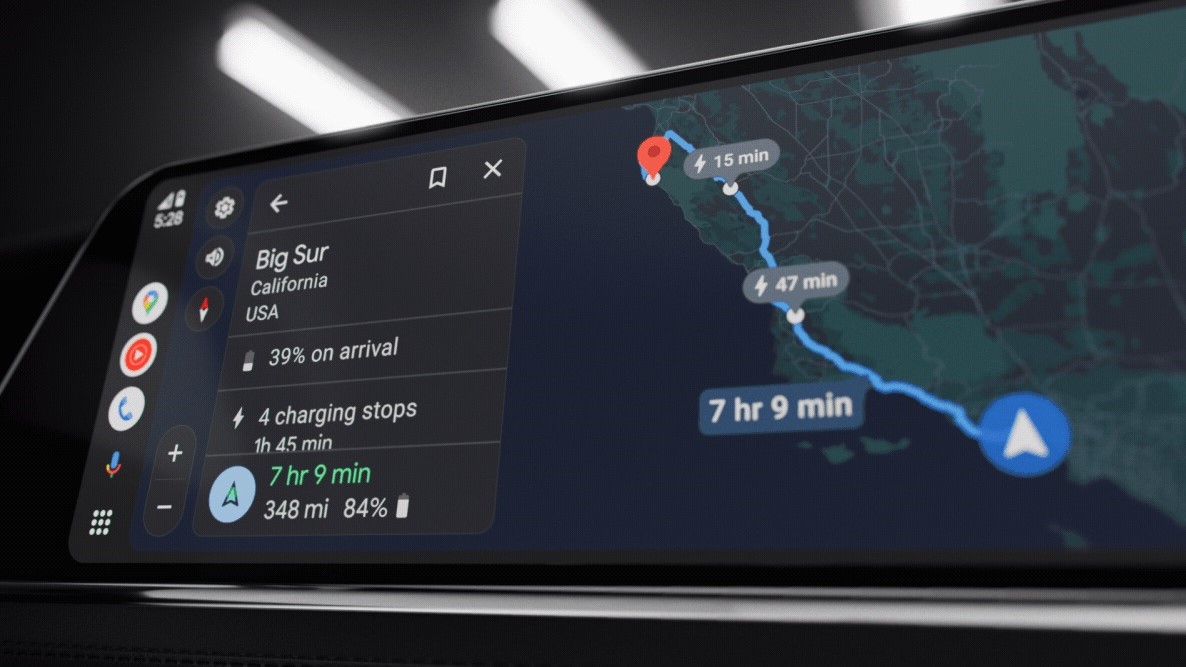







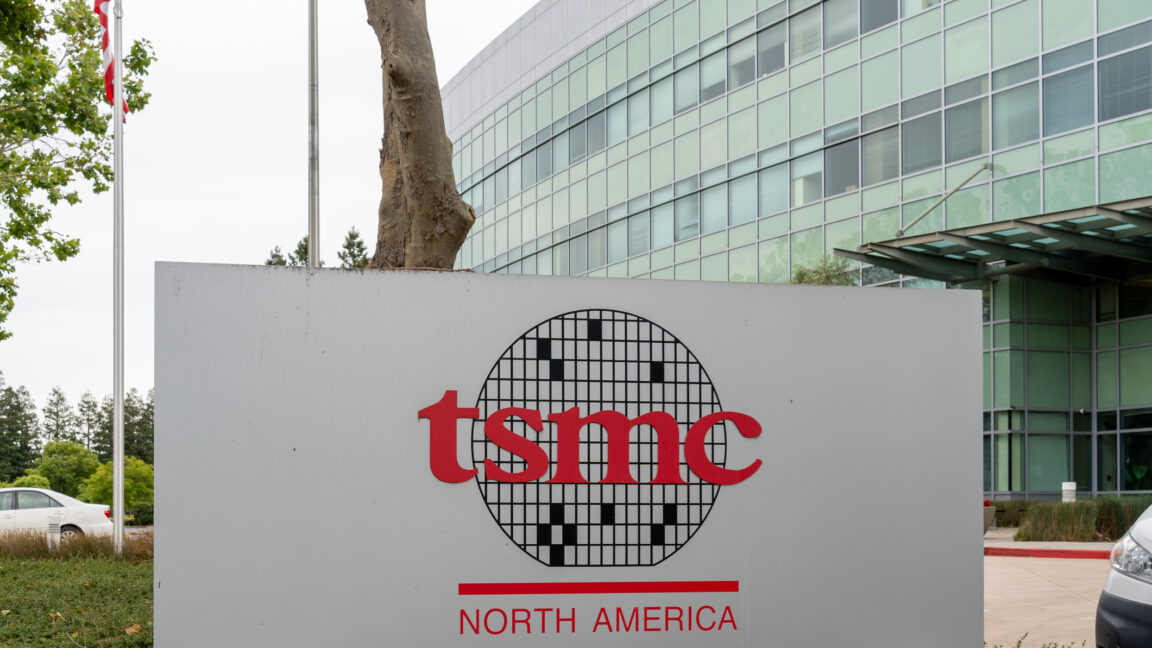









































































_Tanapong_Sungkaew_via_Alamy.jpg?width=1280&auto=webp&quality=80&disable=upscale#)





















































































![[The AI Show Episode 144]: ChatGPT’s New Memory, Shopify CEO’s Leaked “AI First” Memo, Google Cloud Next Releases, o3 and o4-mini Coming Soon & Llama 4’s Rocky Launch](https://www.marketingaiinstitute.com/hubfs/ep%20144%20cover.png)






























































































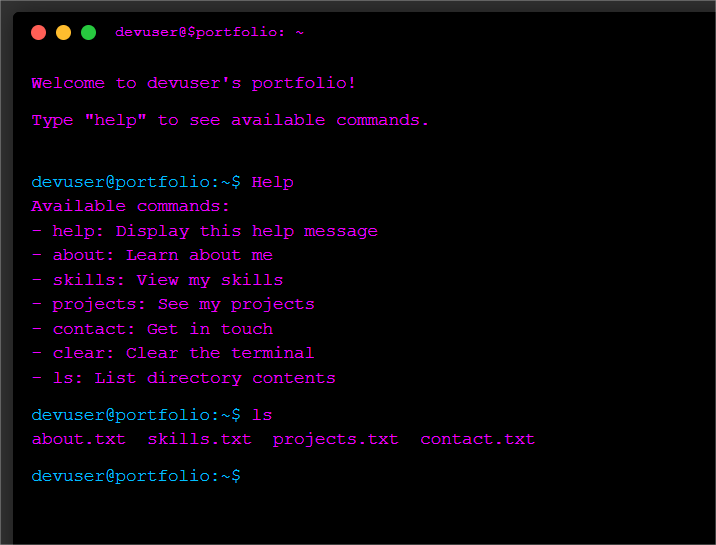























![BPMN-procesmodellering [closed]](https://i.sstatic.net/l7l8q49F.png)
















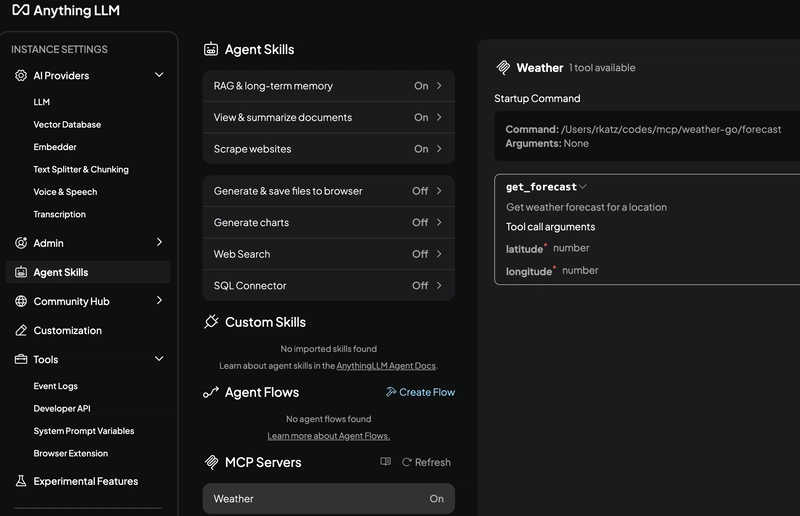
![From fast food worker to cybersecurity engineer with Tae'lur Alexis [Podcast #169]](https://cdn.hashnode.com/res/hashnode/image/upload/v1745242807605/8a6cf71c-144f-4c91-9532-62d7c92c0f65.png?#)






































.jpg?#)























































